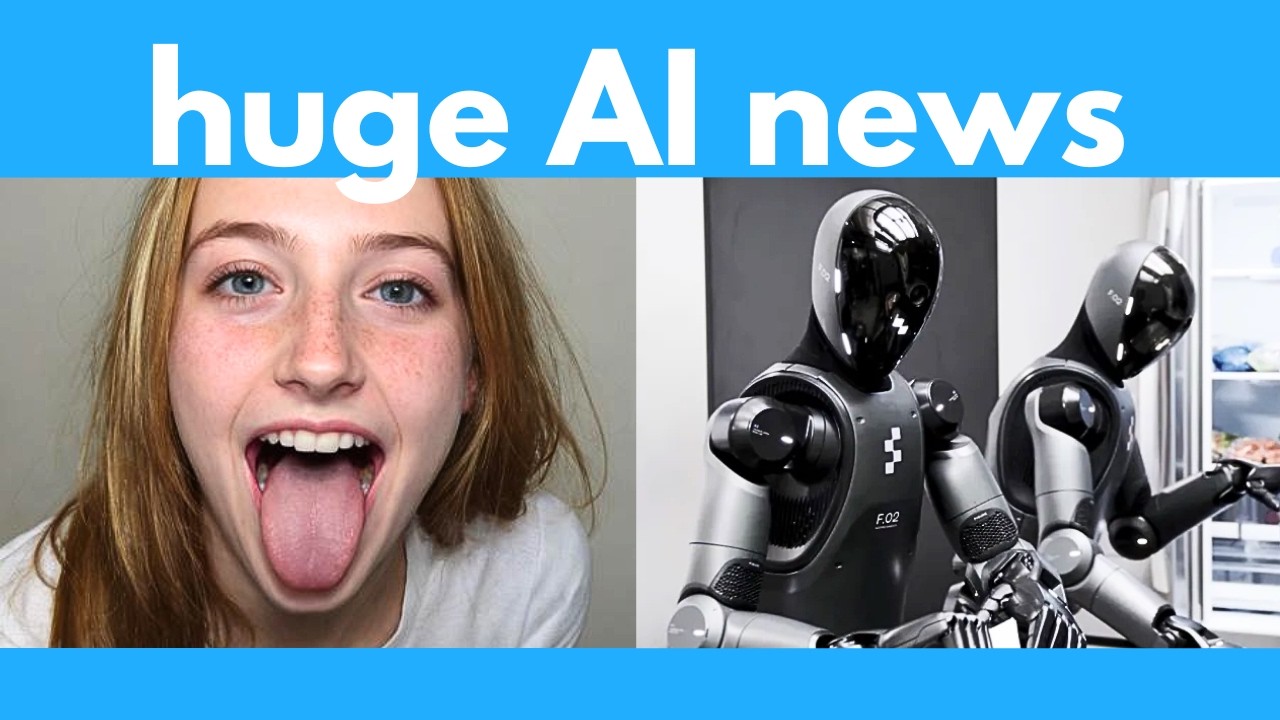This week in AI saw significant advancements, including the introduction of the Step Video model for generating realistic videos from prompts, and the Pipo AI, which creates 360-degree views from a single photo. Additionally, Microsoft unveiled the Myana 1 quantum chip, while ByteDance launched Phantom for generating deepfake videos, and humanoid robots showcased impressive capabilities in complex tasks.
This week in AI has been marked by significant advancements, including the introduction of new deepfake tools, open-source video generators, and breakthroughs in quantum computing. One of the standout innovations is the Step Video model, which can generate highly realistic and consistent videos from prompts. Demonstrations showcased its ability to create complex scenes, accurately depict human anatomy, and generate text within videos, making it a powerful tool for video production. Although it requires a high-end GPU to run locally, users can access it through an online platform.
Another exciting development is the AI called Pipo, which can take a single photo and generate multiple views of a person from different angles in high resolution. This technology allows for the creation of 360-degree views from just one image, capturing intricate details and expressions. Pipo can also work with videos, enabling users to create new footage of a person from various perspectives, making it a valuable tool for applications in gaming, virtual try-ons, and video conferencing.
Microsoft has made headlines with its unveiling of the Myana 1 quantum chip, a significant advancement in quantum computing. Unlike traditional chips that use transistors, this chip utilizes qubits, which can represent multiple states simultaneously, offering greater computational power. The Myana chip employs myana particles, which are more stable and less error-prone than previous qubit designs, potentially paving the way for scalable quantum computing solutions that could revolutionize various industries.
In the realm of AI-generated content, ByteDance introduced Phantom, an AI that generates videos based on reference images and text prompts. This tool can create deepfakes with remarkable accuracy, allowing users to generate videos featuring specific characters or objects seamlessly. The implications for advertising and content creation are vast, as businesses can now create realistic promotional materials without the need for extensive filming. Additionally, Google released an AI Co-Scientist that assists researchers in drug discovery, successfully identifying potential treatments for cancer and liver diseases.
Lastly, humanoid robots continue to impress with their capabilities. Companies like Unitree and Figure have showcased robots that can perform complex tasks, such as dancing and object manipulation. The Helix AI model allows humanoid robots to interact with unfamiliar objects, demonstrating advanced reasoning and manipulation skills. Meanwhile, new open-source video models like Sky Res and Swift Sketch are emerging, offering users innovative ways to create and manipulate video content. As AI technology rapidly evolves, the potential applications and ethical considerations surrounding these advancements remain a hot topic for discussion.
